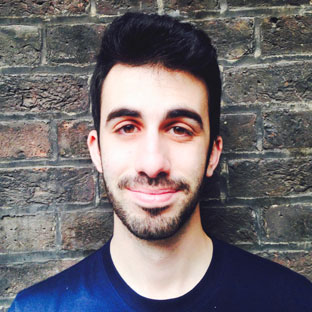While most people are using 3D printers to make toys, key-rings and movie props, there are some groups such as Project Daniel, that are using this technology to change lives. By creating Makerspaces in war-torn South Sudan, Mick and his team taught locals to print their own prosthetic limbs.
Not Impossible Labs, in collaboration with Intel, ideated and conducted this project. Its main task was to change the life of a sixteen year old kid in South Sudan called Daniel Omar, by using design and engineering, and through the use of 3D printing for mass customization to produce very cheap one-off products (compared to traditional manufacturing methods).
Mick Ebeling, from Not Impossible Labs, brought to South Sudan a couple of 3D printers (Makerbot Replicator 2X), plenty of filament and some Intel laptops, in order to design a prosthetic arm for one of the 50,000 amputees caused by war. This daunting task saw Mick applying principles of design thinking and rapid prototyping to generate the first customized prosthetic arm for Daniel who was now enabled to feed himself for the first time in 2 years.
The incredible part of this project is not only that Mick changed one life forever; he then showed the locals how to design and modify the prosthetic arms so they could be customized, and how to 3d print them. An arm a week has been printed since Mick left. 
Project Daniel shows the world the importance of keeping products open source, and how this can change millions of lives (Prosthetics are usually very expensive due to the patents held by large corporations). Instead of protecting individual designs with intellectual property laws, open sourcing enables designs to be open for everyone to modify and reinterpret and most of all, improve.
The main reason that 3d printing has advanced so much in the past 5 years (rather than the 30 years that have has passed since it was invented) is because of the maker movement. This movement saw people creating their own 3d printers, improving them, and sharing these improvements with the rest of the world so everyone could enjoy and experiment with them.
Students, designers and makers have more power now than ever before: they have the power to create. Even if your university days are behind you, you can go to your closest Fablab or Hackspace and experiment with making and materials. Makerspaces also provide a similar role to Mick in South Sudan, teaching visitors how to use all the different types of machines at their disposal, and expanding knowledge across new communities.
So, get down to your local Makerspace, learn how to use a new piece of kit, and make something. It’s an incredibly rewarding experience and will open up your eyes to your own power to create!

Be the first to write a comment
Comments
Please login to post a comment or reply
Don't have an account? Click here to register.